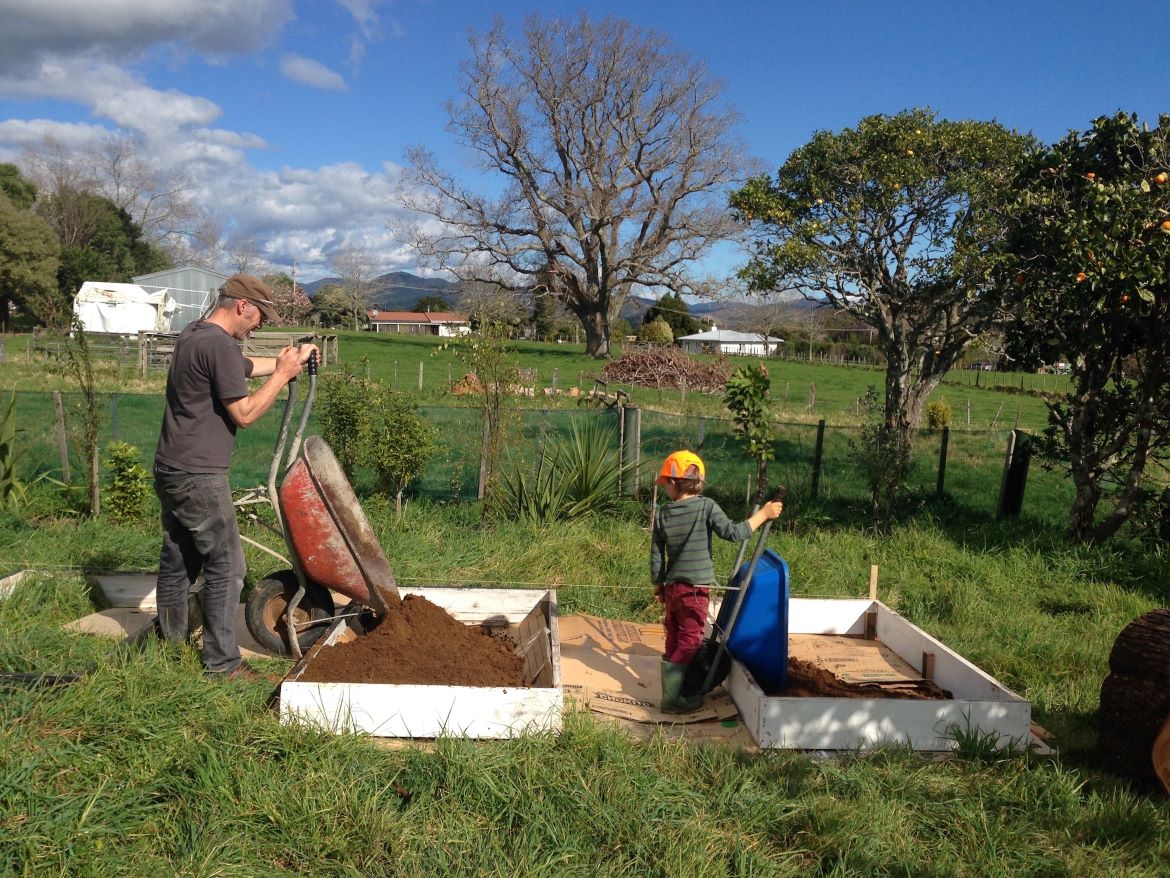By Deborah Hide-Bayne
Got a New Year’s resolution? Why not plant some vegetables in your garden?
With summer here, your garden can be a wonderful food resource – think ripe red juicy tomatoes, cool cucumbers and crisp salad greens that are fresher and taste better than anything you can buy.
I’ve always liked the idea of raised vegetable beds.
With the sides acting as a barrier to pests and weeds (and somewhere to sit), each bed is on a manageable scale to weed and plant with 3 or 4 different crops. Also, the soil doesn’t get stood on, so it’s less compacted and you get great drainage. Roots can grow down into the earth below the bed because, unlike planter boxes, raised vegetable beds have no bottom, so less watering too.
New buildings often sit directly on the sub-soil with the good garden earth scraped off. So building raised beds near a new build can make your life easier in terms of soil management too as you can choose what goes into the beds.

There are lots of self-assembly systems out there, or like me and my family, you can make your own. A layer of recycled cardboard from the supermarket to kill the kikuyu grass, then a wooden frame pegged into the ground, followed by alternate layers of top soil, horse poo (luckily our ‘local’ horse lives in the field next door), seaweed and compost.
To make a raised vegetable bed that measures 1.8 x 1m you will need:
- half a cubic metre of top soil;
- four boards of naturally rot-resistant timber (20 x 3cm dressed width – 2×1.8m long and 2x1m long). You’re going to be eating vegetables grown in the soil so you don’t want any contamination from treated timber);
- four corner posts or pegs (to drive into the ground and then used to hold the bed in place and stop it going out of square);
- four buckets of seaweed;
- one bucket of sheep pellets or two buckets of well-rotted horse manure;
- about 10 flattened cardboard boxes (enough to make a double layer under the bed and give a border of about 20cm round the edge)











